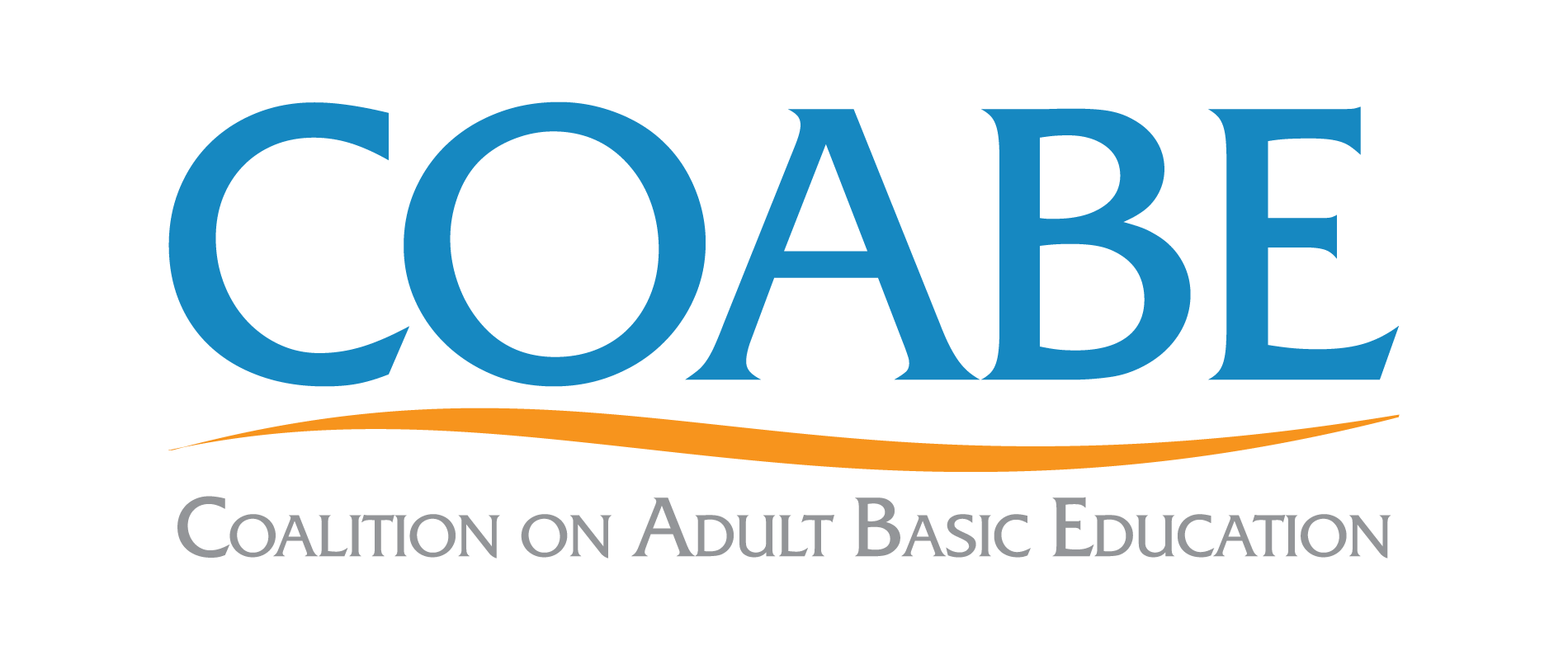State & County Estimates of Adult Skills
PIAAC data are now available for all U.S. states and counties!
Find out about the literacy and numeracy skills of adults in your community by exploring the interactive mapping tool, U.S. PIAAC Skills Map: State and County Indicators of Adult Literacy and Numeracy.
The PIAAC Skills Map, developed by the National Center for Education Statistics (NCES), presents estimates of U.S. adults’ literacy and numeracy skills for all 50 states, all 3,141 counties, and the District of Columbia.
To learn more about the Skills Map and its capabilities, please visit U.S. State and County Estimates. On this page, you can find frequently asked questions and detailed information about the state- and county-level estimates, including the methods and statistical models used to develop the estimates, levels of precision, and how these estimates differ from others.
If you have further questions about the Skills Map, please contact us.
U.S. PIAAC Skills Map Tutorial Video
This tutorial video provides an overview of the types of results available in the U.S. PIAAC Skills Map and how to interpret them. It also explains how to navigate through the various features and functionalities of the tool. The Skills Map uses combined U.S. PIAAC 2012/14/17 data. (June 17, 2020)
U.S. PIAAC Skills Map Release Video: Closer to Home
This promotional video introduces the U.S. PIAAC Skills Map online tool, where users can easily access the most up-to-date data on adults’ literacy and numeracy for all U.S. states and counties. The Skills Map uses combined U.S. PIAAC 2012/14/17 data. (June 17, 2020)
COABE Webinar with Tom Krenzke
The Skills Map provides policymakers, business leaders, educators, and researchers access to data that will support economic development, inform policy solutions, and improve education. The PIAAC Skills Map was recently released by the National Center for Education Statistics (NCES). The PIAAC Skills Map is an interactive tool that presents state and county estimates of adult literacy and numeracy proficiency. These new data include first-of-their kind state- and county-level data on numeracy skills, and greater detail about literacy skills at the state and county level. Tom Krenzke, the key expert of the Skills Map, is a Vice President and a Senior Statistician in Westat’s Statistics and Evaluation Sciences Unit. He is the director of sampling activities for PIAAC in the US, and is Senior Lead Statistician within the PIAAC International Consortium. He has over 25 years of experience in statistical research and software development, including emphasis on sample design for household surveys, and small area estimation. Mr. Krenzke is a Fellow of the American Statistical Association (ASA), Chair of the ASA Committee on Privacy and Confidentiality, and Past-president of the Washington Statistical Society. He also leads Westat’s Steering Committee on WesDaX (Westat’s real-time online table generator) and serves on the Westat Institutional Review Board.
RISE Webinar: PIAAC Skills Map: Implications for Research, Policy and Practice
On Wednesday, August 26, 2020, AIR hosted a demonstration of the U.S. PIAAC Skills Map: State and County Indicators of Adult Literacy and Numeracy, a new interactive data tool recently released by the National Center for Education Statistics (NCES). The discussion covered the potential uses of the data from a policy and research perspective, which relates to the workforce, adult basic education, and training.
The Skills Map provides easy access to new information about the literacy and numeracy proficiency of adults ages 16-74 in all 50 states, the District of Columbia, and all 3,141 counties across the United States as well as the ability to view side-by-side comparisons of performance for individual states and counties.
According to recent PIAAC data, roughly 1 in 5 U.S. adults lacks basic literacy skills, while nearly 1 in 3 lacks basic numeracy skills. The demonstration reviewed average scores and the proportion of adults performing at each proficiency level (lowest, middle, and highest performers). Users can access selected state- and county-level demographic information such as educational attainment, race/ethnicity, employment status, and poverty level, to better understand the results produced for each state or county.
Presenter: Tom Krenzke, Skills Map expert, Vice President and Senior Statistician, Westat
Discussant: Cheryl Keenan, Director of Adult Education and Literacy, Office of Career, Technical, and Adult Education, U.S. Department of Education
Discussant: Monica Mean, Education Research Analyst, Office of Career, Technical, and Adult Education, U.S. Department of Education
Moderator: Holly Xie, Program Officer, National Center for Education Statistics, U.S. Department of Education










